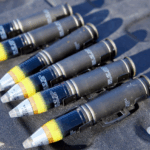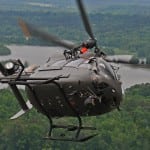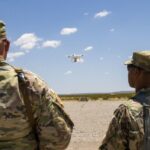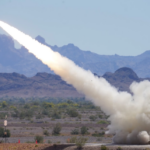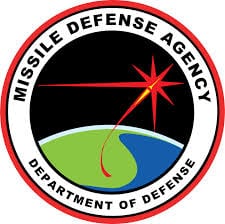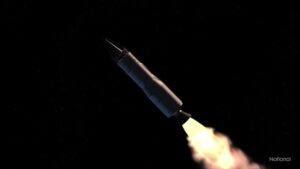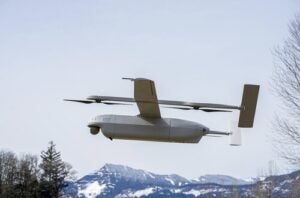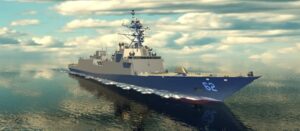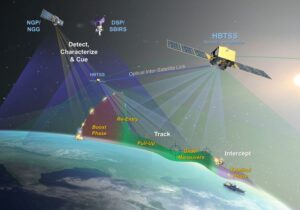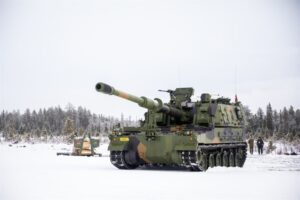
Hanwha Defense USA plans to offer its K9 155mm self-propelled howitzer for the Army’s new effort to get after extending the range of its cannon artillery, with the company’s leader citing the program as a key opportunity to establish its position as a lead U.S. land systems provider. John Kelly, CEO of the the U.S.-based subsidiary of South Korea’s Hanwha, on Monday detailed the company’s 10-year plan to become a U.S. land systems prime contractor, noting its interest in building…

 By
By 